
The Cemetery is managed by the Edgwarebury Joint Burial Board (EJBB) on behalf of the S&P Sephardi Community, the West London Synagogue (Reform), Liberal Judaism (Liberal) and Belsize Square Synagogue (Independent). The EJBB comprises three representatives from each of the four owning communities and Board meetings are held four times a year.
There is also an Operations Committee that meets every 2 months. The Operations Committee provides support and guidance to the Cemetery Director in matters relating to day-to-day operational needs and activities of the cemetery. The Operations Manager is responsible for the general Grounds operations and ongoing maintenance, leading a team of five Cemetery Operatives. Our cemetery operatives are highly trained professionals in safe burial practice and qualified in many areas of horticulture and memorial maintenance.
We have an electric bus to transport up to 10 people who may have difficulty in walking from the prayer hall onto the grounds. There are also wheelchairs available and enquiries should be made to the cemetery office. The bus is used for all funerals and stone settings except for sections SE1, SE2, WL1 and U1, as these sections are very close to the prayer hall.
Visiting loved ones and friends at any cemetery can be a challenging and often traumatic experience. All Edgwarebury staff understand this and we are here to help you in any way possible. Should you have any questions, comments or concerns, please come into the cemetery office for further assistance.


What is a Yahrzeit?
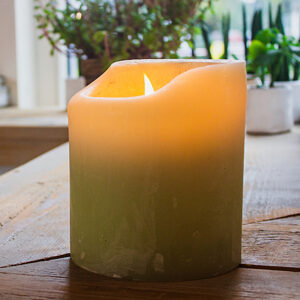 A Yahrzeit marks the anniversary of the passing of a loved one. The day holds special significance to the family and friends who come together to remember the life and legacy of the departed. The Yahrzeit also marks a period in which mitzvot (positive deeds) carried out on that day are hugely beneficial to the soul of the departed.
A Yahrzeit marks the anniversary of the passing of a loved one. The day holds special significance to the family and friends who come together to remember the life and legacy of the departed. The Yahrzeit also marks a period in which mitzvot (positive deeds) carried out on that day are hugely beneficial to the soul of the departed.
Some of the customs which are followed during the Yahrzeit period:
The family will light a Yahrzeit candle at the beginning of the Yahrzeit (this begins at nightfall) It should stay alight for 24 hours.
Family and friends visit the grave of their loved one where psalms (tehillim) and the mourners kaddish prayer are recited. (In order to recite the Kaddish, some communities will require a minyan of 10 males above Bar Mitzvah age).
The Yahrzeit is one in which we reflect on the lives of our loved ones and the legacy they left, and through good deeds we can help to uplift the spirit of the departed.
Why do we place Pebbles on a Memorial?
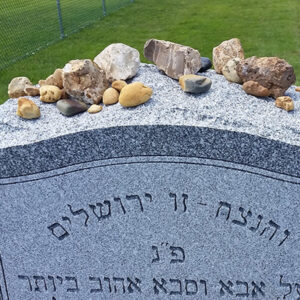 The custom of placing small stones or pebbles on top of a memorial is an old Jewish practice that goes back to medieval times and possibly earlier. One reference is found in a commentary to the Shulchan Aruch (Code of Jewish Law) called the B’er Heitev. This explains that the custom is for the honour of the deceased person by marking the fact that his/her grave has been visited.
The custom of placing small stones or pebbles on top of a memorial is an old Jewish practice that goes back to medieval times and possibly earlier. One reference is found in a commentary to the Shulchan Aruch (Code of Jewish Law) called the B’er Heitev. This explains that the custom is for the honour of the deceased person by marking the fact that his/her grave has been visited.
Long ago, the deceased was not placed in a coffin, but rather the body was prepared, washed and wrapped in a burial shroud, or for a male, in his tallit (prayer shawl). Then the body was placed in the ground, covered with soil and then large stones would be placed on top of the gravesite, preventing wild animals from digging up the remains.
Over time, individuals would go back to the gravesite and continue to place stones, ensuring the security of the site and as a way to build up the “memory” of the loved one. As time passed on, and carved monuments became the preferred memorial, the custom of leaving a visitation stone become a symbolic gesture for the visitor to say to the loved one, “I remember you…”
A common theme, however, is that stones last for eternity – as opposed to the short life span of flowers. Like the memory of our loved ones, stones will never die. Placing flowers which wither and die has never been a Jewish custom though individuals may choose to do so. In life, people may enjoy the beauty of their physical surroundings, but when they die, all of their material possessions and beauty are meaningless, and left behind. it is only their accumulated spiritual wealth that remains immortal, just like a rock, which stays forever.
Another idea is that Kohanim (Jewish priests) could become ritually impure by contacting a deceased individual—whether directly or by proximity. By using stones and rocks to mark a gravesite, therefore, visitor stones could have served as a warning to Kohanim not to approach too closely.
Why Do We Wash Our Hands?
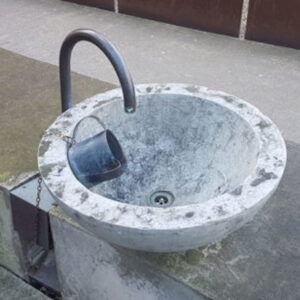 It is customary to wash one’s hands after participating in a funeral or visiting the cemetery. The common custom is to wash each hand three times, alternating between the right and left hands.
It is customary to wash one’s hands after participating in a funeral or visiting the cemetery. The common custom is to wash each hand three times, alternating between the right and left hands.
Life is represented by water; the basis of our sustenance and material existence. Washing the hands also serves as a reminder to the living that they should go about their lives in a pure way. After washing following a funeral (but not when just visiting the cemetery), many have the custom to spill out the extra water in the washing cup and set it down overturned so that there is no water leftover.
Many people also have the custom not to dry their hands but rather let them dry on their own. This symbolises the idea that we don’t want to forget this day of death – we are not eager to “wipe away” our thoughts of mourning and loss.
It is also usual, on leaving the cemetery, to give Tzedakah (charity) in memory of the deceased.

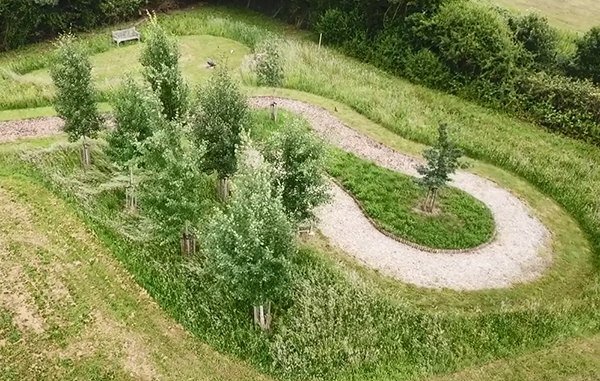
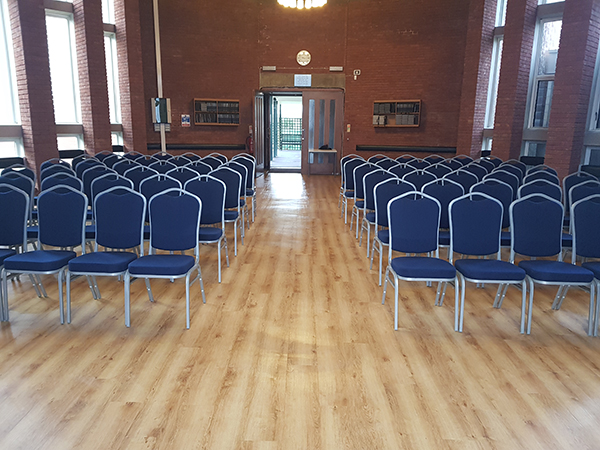
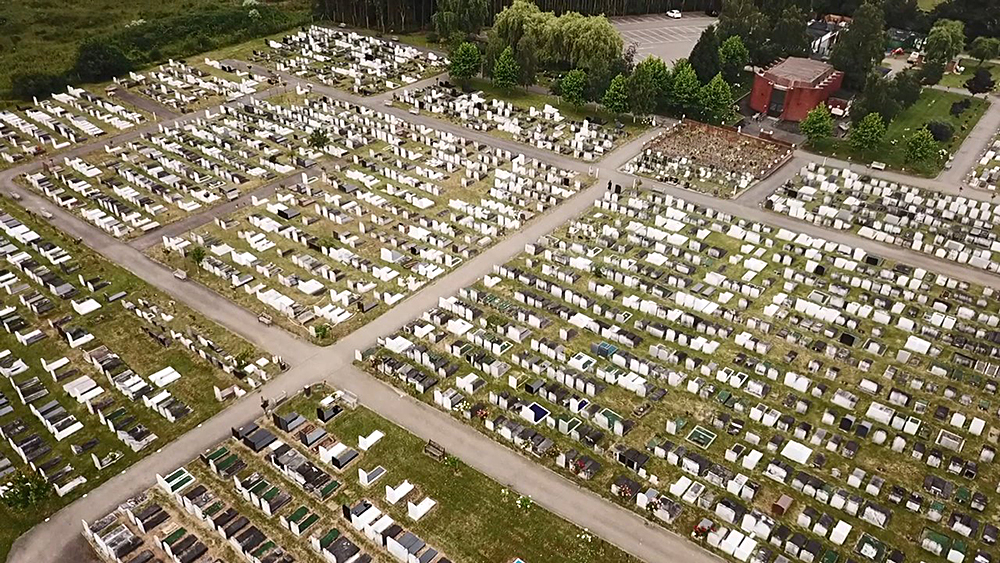
HISTORY OF THE CEMETERY
By a trust dated 25 July 1972 and made between Sir Alan Abraham Mocatta, Myer Alan Barry King-Hamilton, Geoffrey Davis, the London Sephardi Trust and the Trustees of The West London Synagogue of British Jews, trusts were declared in respect of Burial Grounds registered at HM Land Registry. The first burial took place on 14th December 1975 in the West London section.
In December 2010, additional burial land was purchased on the east side of Clay Lane. 1.8 acres was designated for Belsize Square Synagogue while the remaining land was allocated equally between the three other owning communities. In 2014, a Woodland Burial area was created by West London Synagogue in partnership with landscape architects. This project is still in its infancy and it will take many years to develop a fully-fledged woodland area.
There are four owning communities: the S&P Sephardi Community, West London Synagogue, Liberal Judaism and Belsize Square Synagogue. The Cemetery is managed by the Edgwarebury Joint Burial Board (EJBB).
Our prayer hall (Ohel) was refurbished in 2017 with a new floor and new, upholstered chairs. There is seating for 100 people and additional space for standing. New windows were fitted in May 2019. We also have a loop system in the prayer hall. Our Kohanim room is located just behind the prayer hall and is clearly signposted.
We have an electric bus to transport up to 10 people who may have difficulty in walking from the prayer hall onto the grounds. There are also wheelchairs available and enquiries should be made to the cemetery office. The bus is used for all funerals and stone settings except for sections SE1, SE2, WL1 and U1, as these sections are very close to the prayer hall.
Visiting loved ones and friends at any cemetery can be a challenging and often traumatic experience. All Edgwarebury staff understand this and we are here to help you in any way possible. Should you have any questions, comments or concerns, please come into the cemetery office for further assistance.
